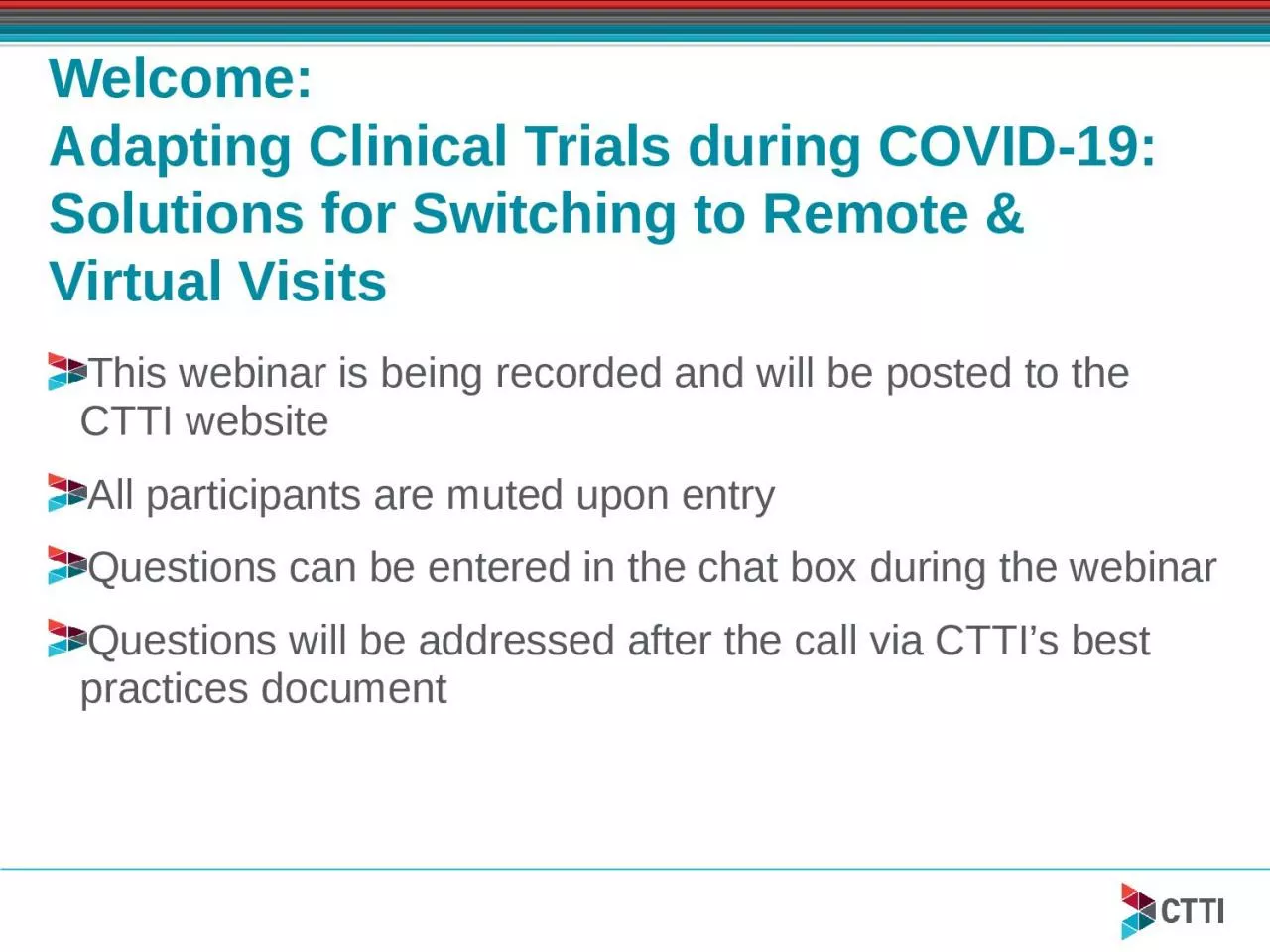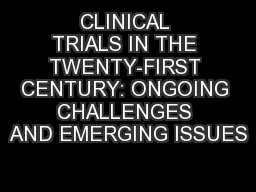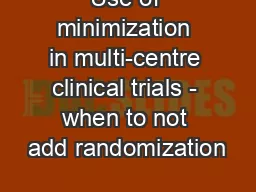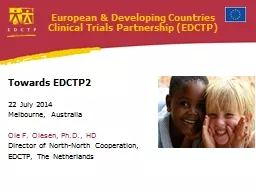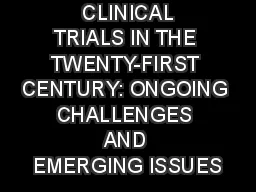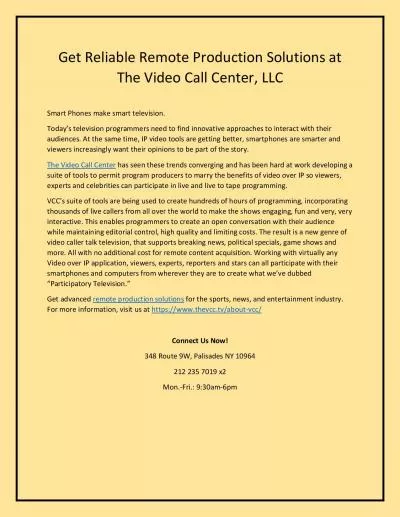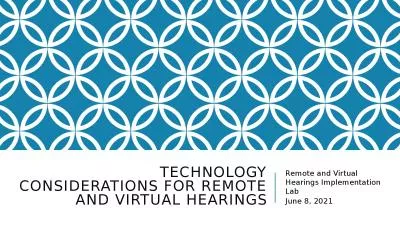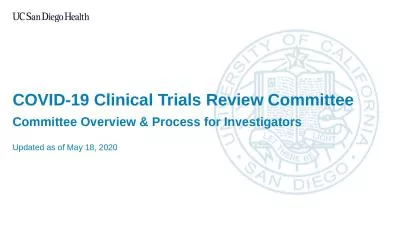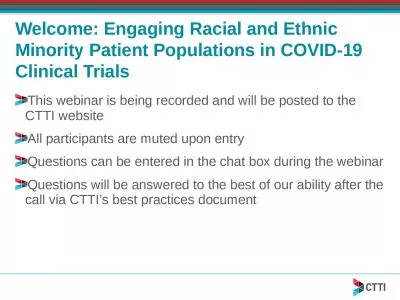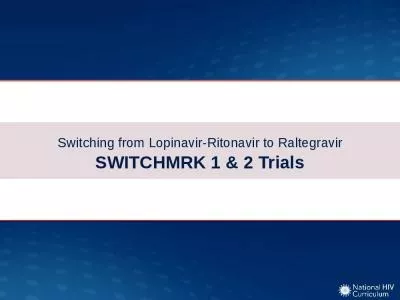PPT-Welcome: Adapting Clinical Trials during COVID-19: Solutions for Switching to Remote
Author : jordyn | Published Date : 2024-02-02
This webinar is being recorded and will be posted to the CTTI website All participants are muted upon entry Questions can be entered in the chat box during the webinar
Presentation Embed Code
Download Presentation
Download Presentation The PPT/PDF document "Welcome: Adapting Clinical Trials durin..." is the property of its rightful owner. Permission is granted to download and print the materials on this website for personal, non-commercial use only, and to display it on your personal computer provided you do not modify the materials and that you retain all copyright notices contained in the materials. By downloading content from our website, you accept the terms of this agreement.
Welcome: Adapting Clinical Trials during COVID-19: Solutions for Switching to Remote: Transcript
Download Rules Of Document
"Welcome: Adapting Clinical Trials during COVID-19: Solutions for Switching to Remote"The content belongs to its owner. You may download and print it for personal use, without modification, and keep all copyright notices. By downloading, you agree to these terms.
Related Documents

